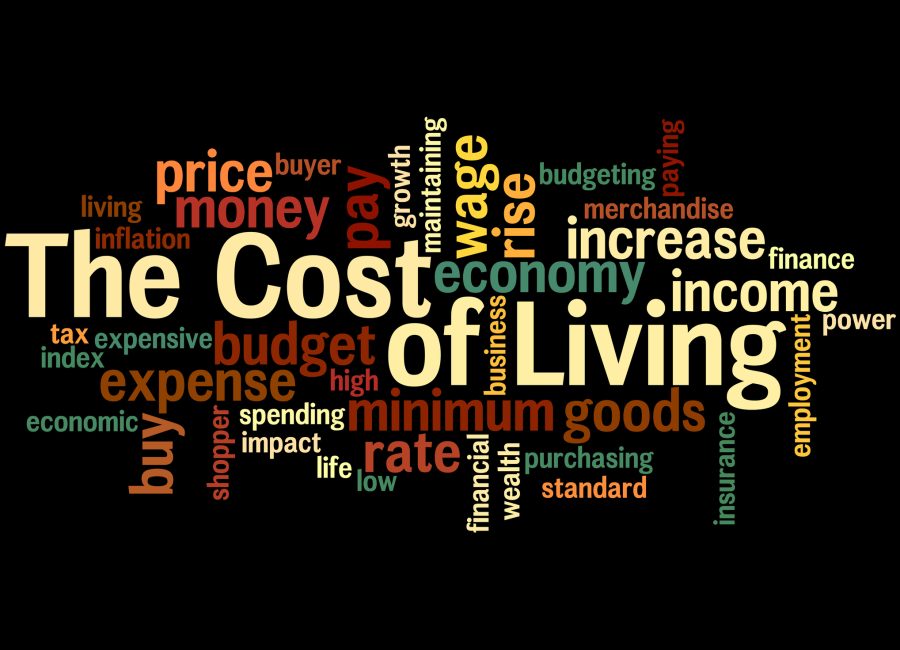Public Spending and the Legacy Effects of COVID-19

As the UK enters a cost-of-living crisis, the Dean of External Engagement in the College of Social Sciences at the University of Glasgow reflects on the implications for public services in Scotland.
Graeme Roy
Last month, the Scottish Government published a Spending Review for the years up to 2026-27. In the report, the government set out plans for portfolio spending in devolved budgets. Devolution ensures that the Scottish Government has responsibility for many of the key policy areas that will support our society’s recovery from the COVID-19 pandemic, from health through to education, housing, and local government.
What is clear in looking to the months and years ahead budgets will be exceptionally tight (and many will fall in real terms). Governments across the UK directed unprecedented financial resources at supporting businesses, communities and households through the pandemic (with the national debt rising to above 100% of GDP).
But in the recovery phase, careful prioritisation and reform in public services will be needed – not just in Scotland but across the UK – to ensure that initiatives to tackle the social harms from COVID-19 are properly funded and resourced as spending is scaled back. Strategies will be required, not just for priority areas, but in areas where real-terms budgets are going to be squeezed. The early this takes place the better.
The Scottish Government’s multi-year Spending Review was the first full review since 2011. It was also the first to take place following the devolution of new tax and social security powers to the Scottish Parliament post the Smith Commission. The Scottish Government now sets policy for several taxes, including most of income tax (from earnings). At the same time, the Scottish Government is gradually taking on devolved responsibility for 11 UK social security benefits, replacing these with Scottish benefits with new policies and introducing new unique Scottish payments.
The Scottish Budget is now determined by a mix of UK Government block grant funding and tax revenues which are determined by both policy choices in Scotland and the relative performance of the Scottish economy. All this is governed by a complex ‘Fiscal Framework’ that set how much and for what purposes the Scottish Government can borrow or draw down from their reserves in any given year.
Whilst the framework may be complex, the message from the Spending Review was relatively simple: the amount of money that the Scottish Government will have over the next few years is, on current predictions, likely to be significantly constrained.
This reflects several factors from rising inflation eroding the real-terms value of government spending through to challenging tax forecasts and an expected tight fiscal settlement over the next two financial years from the UK Government from the second half of its own Spending Review.
At the same time, the Scottish Government has chosen to prioritise certain areas, including health and social security, to meet important policy and manifesto commitments. The Child Poverty (Scotland) Act 2017 for example, sets out targets to reduce the proportion of children in Scotland in poverty – including a target that by 2030 of children living in Scottish households, less than 10% will be living in relative poverty. To help meet this objective, the Scottish Government has established a new £20 (rising to £25 by the end of 2022) weekly Scottish Child Payment – not available elsewhere in the UK – to help support families on low incomes in Scotland. It is forecast to cost around £450m by 2027-28 which must be met from within its wider Budget. Overall, the Scottish Fiscal Commission forecast spending on devolved social security to reach £6.8 billion by 2027-28, an increase from 10 per cent of the Scottish Budget in 2022-23 to 14 per cent in 2023-24.
This mix of a tight spending envelope and prioritisation in key areas means that, necessarily, difficult decisions are needed: higher taxes and/or real-terms spending cuts in other ‘non-priority’ areas. Higher earning tax payers pay more tax in Scotland than in the rest of the UK, with the Government seeking to raise additional funds for spending. Despite this the Institute for Fiscal Studies estimates that budgets for local government, the police, prisons, universities and rural affairs are still due to fall by around 8% in real-terms over the next four years.
The Scottish Government is to be commended for setting out its plans, particularly in an uncertain environment, for the next few years. The UK Spending Review of last year already feels a little out of date, particularly in light of the ‘cost of living crisis’.
More broadly however, a key conclusion from the Scottish Budget is that careful prioritisation and reform in public services is now needed more than ever. Many of the budgets under pressure are those that will be key to tackling the long-term costs of the pandemic.
This is a challenge not just for policymakers and politicians, but to the wider stakeholders and academics seeking to advise on the best options for policy reform. Scotland’s Finance Secretary stated in her Foreword to the Spending Review that plans needed a “sharp focus on efficiency, structural change and collaboration”. That message isn’t just relevant to Scotland, but across all governments in the UK. The onus is on academics to help advise – transparently and impartially – on how best to do that.
